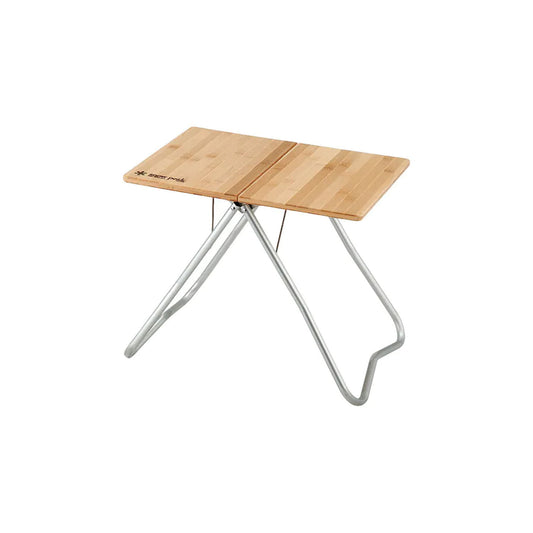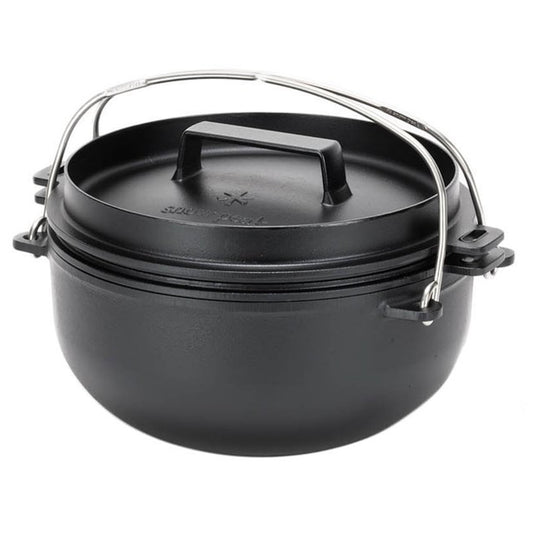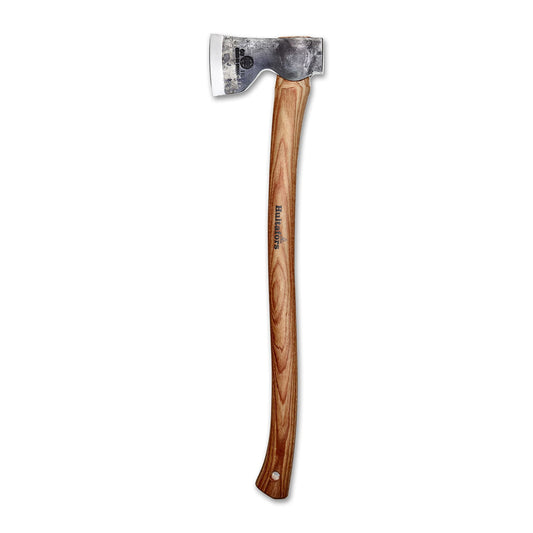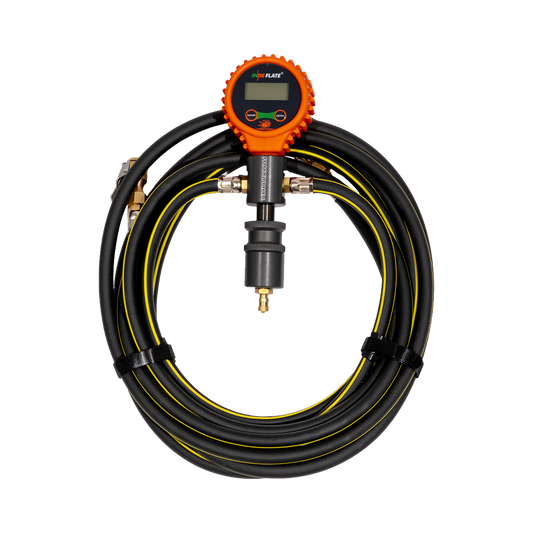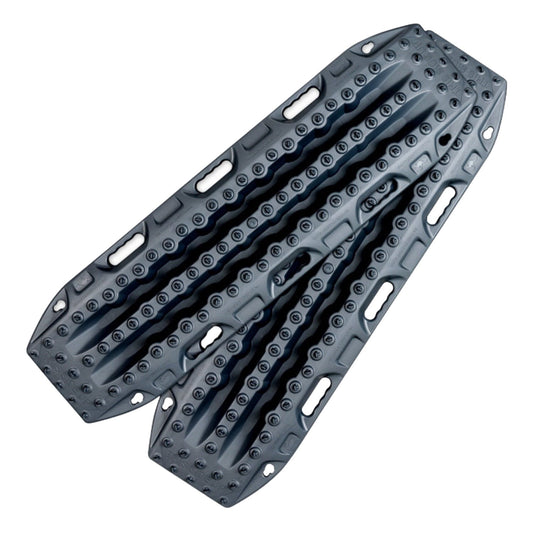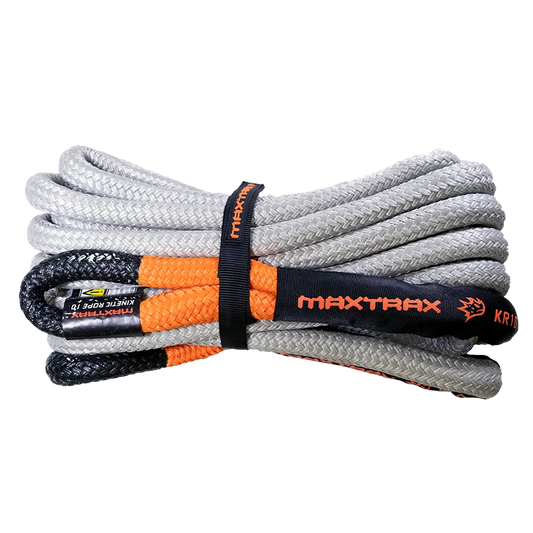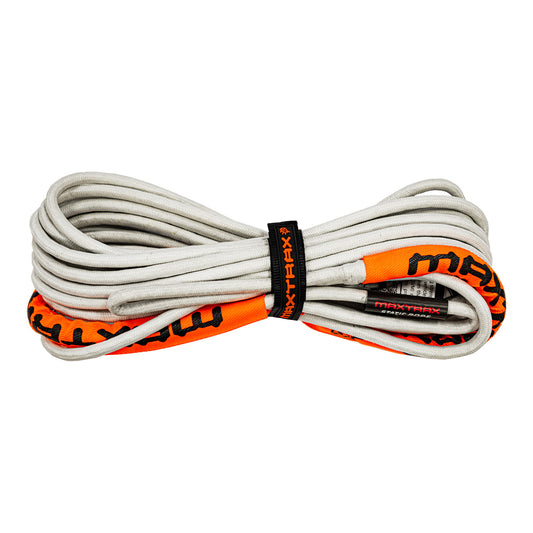It is rare that a trip exceeds our every expectation – however this trip did exactly that. To escape the winter crowds heading north, we turned our wheels in the opposite direction. Inspired by an image of the vast Bilbunya Dunes we hit the maps and settled on an off-road route from Cocklebiddy, near the SA/WA border, west along the Great Australian Bight, through the Bilbunya Dunes and finally on to Esperance.

Twisting through the tight tracks we finally caught our first glimpse of the Southern Ocean. A couple of turns later and we were perched atop a ridge-line complete with uninterrupted vista. The ocean far below was glassy and some small lines of clean swell glided in gracefully. The beach was pristine, and the sand white – the fine white kind the area is famous for. To the west the ridge we were on turned to tall cliffs before crossing the sands and following beside the sea on a journey to the horizon.
As we began navigating down the switchbacks to the beach it was hard not to smile. This place was stunning, and it was beginning to feel as if the long drive from Perth had been worth it. As we reached the beach we opened up the throttle and sped along the smooth beach – the steep cliffs of the Great Australian Bight and Twilight Cove finally within reach.
The sand was so fine we could hear it squeaking under our tyres, and moments later it was doing the same beneath our feet. As we stepped out of the cars we cracked a beer to celebrate having made it all this way, moments later a bunch of playful seals and dolphins swam in – it seemed a good omen for the trip ahead!

After a still night by the fire we climbed above the cliffs and began our journey westward. We followed the track, enjoying the view, as it meandered above the cliff line. Until that is, it ended! Almost exactly above where we had camped the well-travelled track vanished. It had been all about the views and no navigation on our part. As we zoomed back in on our iPad we could see the track we were after – it was time to back track.



We picked up the main track and began making progress. This track was built to install the telegraph line that once connected Australia. The rusty wire now lies fallen by the track. The occasional vertical telegraph pole the only reminder that the line that continued to dart and dance across the track was once suspended.
The track was rocky, the scrub was tight, and the going was slow. We rolled along at a comfortable pace, and were grateful we had allowed plenty of time for our trip.
Around a corner two camels were standing in the middle of the track. We nearly hit them. Effortlessly they took off down the track. Boy they can run. Only on the longest of straights would we catch them. Entertaining us for a time, without falter they cut cross country and vanished.

The telegraph line runs a few kilometres back from the cliff edge. At Baxter Cliffs we had our first opportunity to get back beside the Great Australian Bight. The cliffs here are tall. Around 60m tall in fact, and in both directions they run high as far as the eye can see. Scoring another perfect night of weather, we chose to camp by the cliffs – not the place we thought we would be able to camp during a winter trip!
The sun set and rose again with majesty. It was one of our all-time best nights camping and certainly warranted a breakfast cook up. Coffee, bacon, cliffs, views – we were feeling pretty lucky – and then a pod of southern right whales showed up!



Southern right whales feed in Antarctica before migrating north to calve. We were privileged to see mothers and calves playing – apparently the mother teaching her calf the skills required to return to the Antarctic.
There was more than 100,000 of these whales in the southern hemisphere before whaling. Now the population is estimated at around 12,000 and it is encouragingly growing by roughly 7% each year. These are amazing creatures; it was a joy to watch them play so confidently beneath these towering cliffs.

Further west below the cliffs of Toolinna Cove is a shallow and sandy bottomed bay. It was used as a “safe landing” to deliver supplies during the construction of the telegraph line. There is no beach and from the water there are big boulders and then a sheer cliff. It was almost impossible to imagine our pioneers landing supplies here and manoeuvring them to the cliff tops.


As the cliffs ended the track along the the Great Australian Bight descended in to the Bilbunya Dunes, a vast area of glorious white sand reported to be the largest dunes in the Southern Hemisphere.
The dunes tower 100m high and picking the tallest of the many peaks is almost impossible. With perfectly formed peaks made from the whitest of white sands they seemed more like the summits you would find in the Antarctic, a place that seemed closer to the south than usual.

Our first attempt to access the dunes was a sand blasted failure. It was a day to admire them from the 4WDs – so windy, so sandy. With a storm forecast we retreated to the protection of the bush and ridge line above the dunes.

The next day we planned to access the Bilbunya Dunes from the west, the direction we were headed. The tide was up so the beach was inaccessible and the multitude of tracks heading towards the dunes were all dead ends. We weren’t going to miss out so decide to back track and try the tracks in from the east. Luckily a large section of this track was over a salt plain, which was smooth and quick to cover, compared to the last few days.
The eastern access tracks brought us to the base of the dunes. From here we could navigate through the smaller dunes on the ocean side of the sand mountains. We drove right in to the heart of this incredible landscape. Finding one of the tallest dunes we parked up the 4WDs and started to climb. The sand was so pristine.
Like mountains the ridges were steep and the easiest path to the top. From the top we began to get a grasp of the scale of this spectacular place.



As we continued west along the Great Australian Bight to Israelite Bay the smoother surface continued. Making good time and with a heavy storm forecast we decide to push through to Esperance a day early. We had travelled this last section of off-road once before and hadn’t really given it much thought for this trip. The storm that had mostly missed is the night before had certainly not missed this section of track!

As we began our final stretch the track became wet. Then it became wetter, muddier and then finally it began to rain. Next day turned into night. The uphill sections were liking driving upriver, the torrent flowing back under our vehicles as we slipped about in the mud.
We carefully sought out the “chicken lines” around endless bottomless mud holes. Working by headlamp we attempted to scout ahead and work out the best lines. The water was deep and constantly spraying over the vehicles. The wipers were working extra time. It was not the time to get stuck! We eventually emerged at the other end – who would ever want to head north for sunshine when you can have all this?




